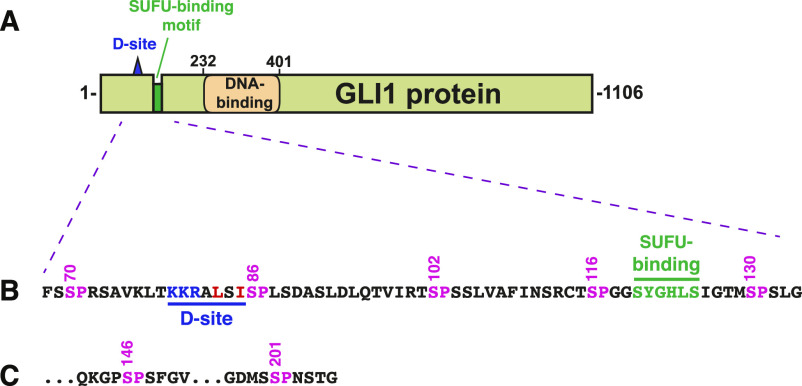不整脈治療薬の副作用を回避する有効かつ安全な新薬候補物質 Efficacious and safe drug candidate circumvents adverse side effect of existing drug for irregular heart rhythm
2022-07-18 シンガポール国立大学(NUS)
ポイエンダロンと名づけられた新薬候補は特許を申請中である。研究チームは、ポイエンダロンを実験室で試験し、有望な結果を得たため、臨床試験において、より高い安全性と有効性を持つ画期的な薬剤になると位置づけています。なお、2009年以降、薬事承認された心房細動治療薬はありません。
Poyendaroneは、現在の薬剤の特性を強化し、危険な副作用や臓器毒性を選択的に排除しながら、異常な心拍を制御する能力を維持するというパラダイムシフトをもたらす。
<関連情報>
- https://news.nus.edu.sg/new-drug-molecule-for-atrial-fibrillation/
- https://www.sciencedirect.com/science/article/pii/S2211383522001071?via%3Dihub
部位特異的重水素化によりドロネダロンのシトクロムP4502J2活性を維持し、イヌの不整脈心臓への悪影響を軽減した。 Site-directed deuteration of dronedarone preserves cytochrome P4502J2 activity and mitigates its cardiac adverse effects in canine arrhythmic hearts
Aneesh V.Karkhanis,Gopalakrishnan Venkatesan,Ryuichi Kambayashi,Jacqueline Wen Hui Leow,Marcus Qingrui Han,Hiroko Izumi-Nakaseko,Ai Goto,Jeremy Kah Sheng Pang,Boon Seng Soh,Pipin Kojodjojo,Atsushi Sugiyama,Eric Chun Yong Chan
Acta Phamaceutica Sinica B Available online 16 March 2022
DOI:https://doi.org/10.1016/j.apsb.2022.03.008

Abstract
Cytochrome P4502J2 (CYP2J2) metabolizes arachidonic acid (AA) to cardioprotective epoxyeicosatrienoic acids (EETs). Dronedarone, an antiarrhythmic drug prescribed for treatment of atrial fibrillation (AF) induces cardiac adverse effects (AEs) with poorly understood mechanisms. We previously demonstrated that dronedarone inactivates CYP2J2 potently and irreversibly, disrupts AA-EET pathway leading to cardiac mitochondrial toxicity rescuable via EET enrichment. In this study, we investigated if mitigation of CYP2J2 inhibition prevents dronedarone-induced cardiac AEs. We first synthesized a deuterated analogue of dronedarone (termed poyendarone) and demonstrated that it neither inactivates CYP2J2, disrupts AA-EETs metabolism nor causes cardiac mitochondrial toxicity in vitro. Our patch-clamp experiments demonstrated that pharmacoelectrophysiology of dronedarone is unaffected by deuteration. Next, we show that dronedarone treatment or CYP2J2 knockdown in spontaneously beating cardiomyocytes indicative of depleted CYP2J2 activity exacerbates beat-to-beat (BTB) variability reflective of proarrhythmic phenotype. In contrast, poyendarone treatment yields significantly lower BTB variability compared to dronedarone in cardiomyocytes indicative of preserved CYP2J2 activity. Importantly, poyendarone and dronedarone display similar antiarrhythmic properties in the canine model of persistent AF, while poyendarone substantially reduces beat-to-beat variability of repolarization duration suggestive of diminished proarrhythmic risk. Our findings prove that deuteration of dronedarone prevents CYP2J2 inactivation and mitigates dronedarone-induced cardiac AEs.


